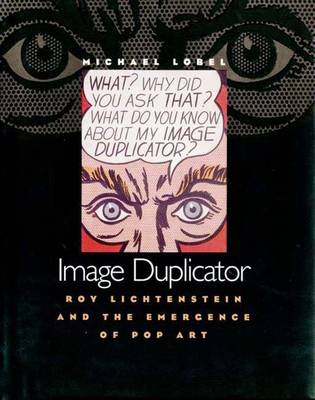Roy Lichtenstein's distinctive paintings of the early 1960s are synonymous with the Pop art movement. These bold, oversized images inspired by newspaper advertisements and comic book scenes have been taken as reflecting the artist's fascination with the links between art and popular culture. In this study, Michael Lobel challenges this circumscribed view of Lichtenstein's work, offering a set of interpretations that reveal the artist's confrontation with a far wider range of issues. Lichtenstein's art is fundamentally engaged with a set of concerns central to art-making in the postwar period: the relation between vision and technology, the possibility of articulating artistic identity, and the effect of mechanical reproduction on the work of art. Lichtenstein's project, Lobel argues, is structured by the tension between painting understood as a fully expressive, humanistic gesture and, conversely, as the product of a purely mechanical act. This illustrated volume makes available an array of archival materials about Lichtenstein and his work, including photographs of the artist and sources for his imagery in the comics and advertisements of the early 1960s.
It also provides information on the context of the artist's Pop paintings in relation to contemporary developments in advertising culture, mechanical reproduction and visual technologies. Examining the artist's work, the author offers a comprehensive analysis of Lichtenstein's early Pop paintings and seeks to provide insight into the issues that shaped the Pop art movement, artistic practices in the 1960s, and the historical relation between modern art and popular culture.
- ISBN10 0300087624
- ISBN13 9780300087628
- Publish Date 11 March 2002
- Publish Status Out of Print
- Out of Print 14 June 2010
- Publish Country US
- Imprint Yale University Press
- Format Hardcover
- Pages 196
- Language English
